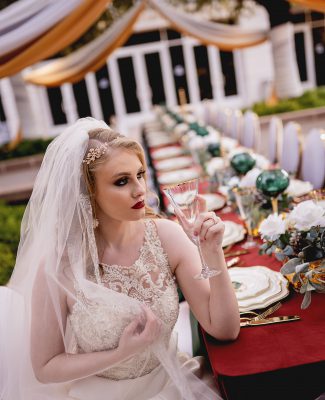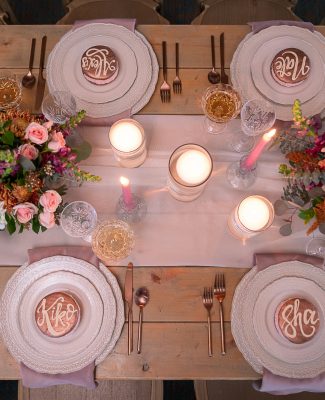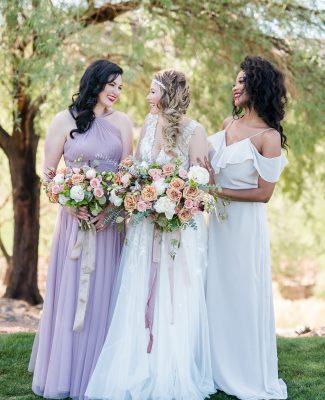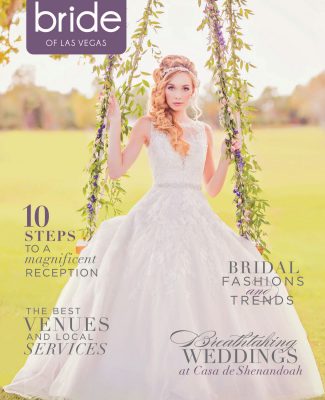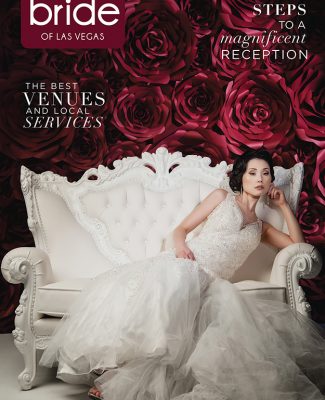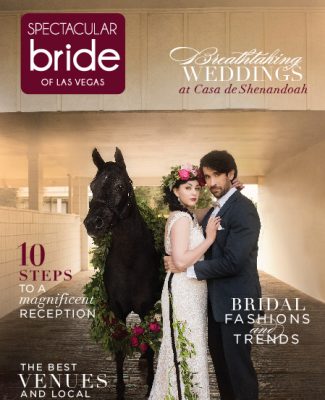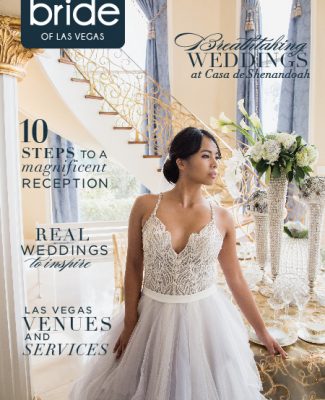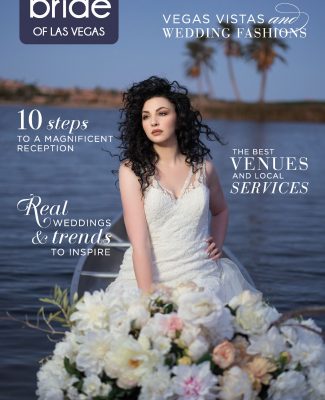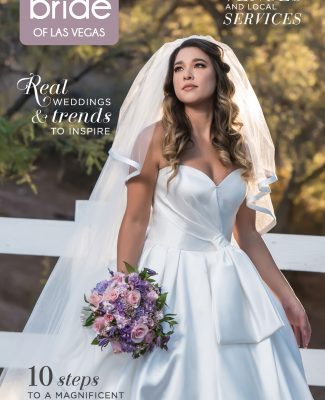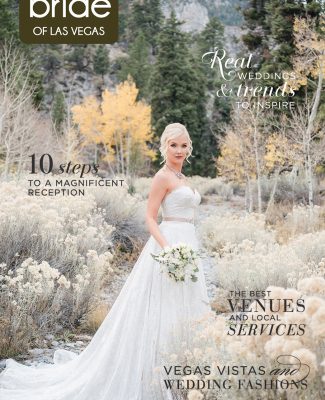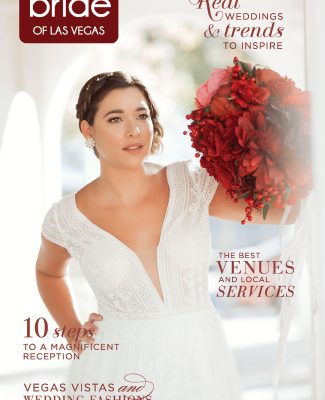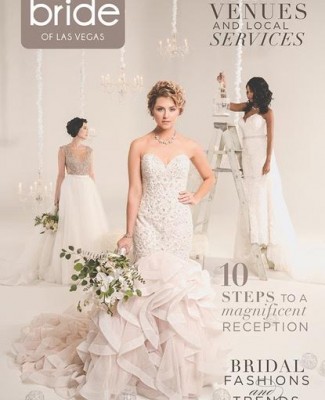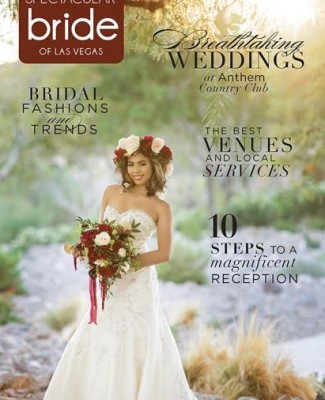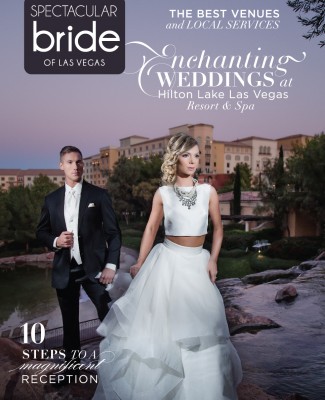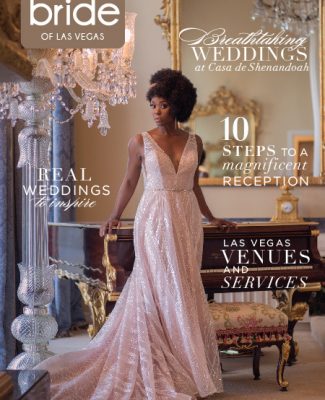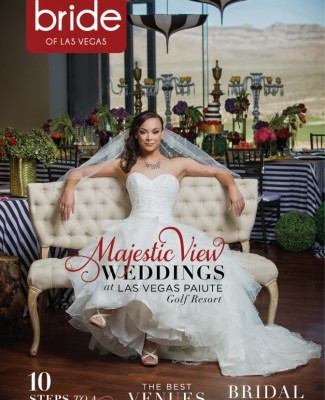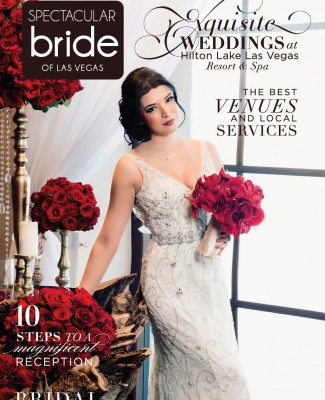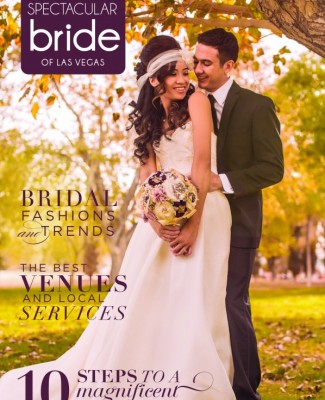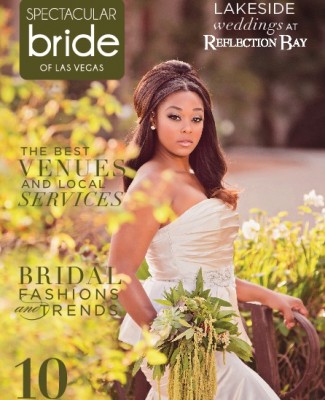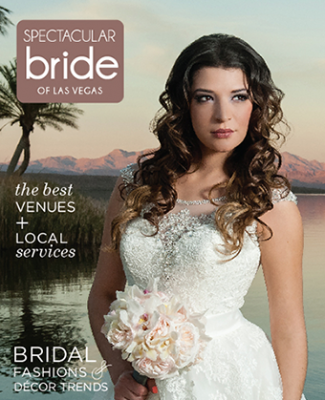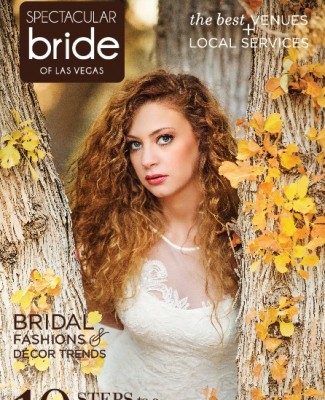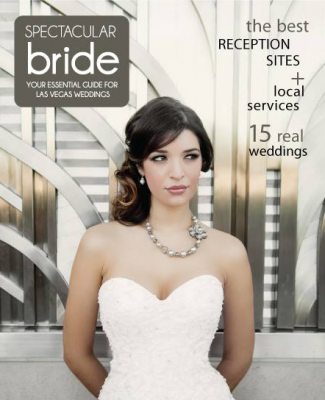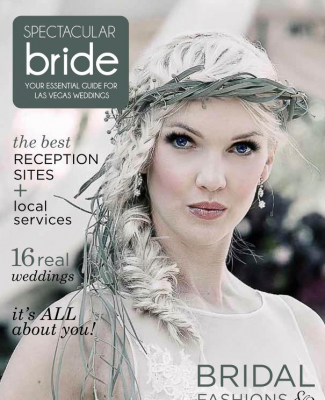Planning a wedding is like learning an entirely new language. From open houses, site visits, and various wedding gown styles, to the unique terminology for different bouquets, dinner options and desserts — there is a lot to take in! In our past few blogs, we at Bridal Spectacular covered the top terms any bride should know for wedding planning, invitations, gowns, fabrics and accessories. Next up on the Wedding Terms 101 agenda — flowers, catering and cakes. Let’s begin!
FLOWERS
Boutonniere: A single bloom of one or more flowers worn by the male members of the wedding party and special guests on the lapel of their jackets. Usually worn by the Groom, groomsmen, ushers, ring bearers and immediate male family members of the wedding couple.
Break-apart toss bouquet: Small clusters of flowers tied with ribbon and disguised as a traditional toss bouquet. The break-apart toss bouquet comes apart into smaller clusters of flowers when tossed to waiting wedding guests allowing more than one person to catch a part of the bouquet.
Cascading bouquet: A bouquet in which flowers are arranged into a cascading, waterfall effect. When held it falls below the waist.
Centerpiece: An arrangement of flowers for the center of a table. Generally consists of flowers, foliage and other floral accessories that are designed to create ambience or follow a particular wedding theme.
Composite flower: A bouquet consisting of rose or gladiola petals wired or glued together to create the illusion of one oversized flower.
Corsage: A single bloom or a small cluster of blooms usually accented with ribbon. Corsages are worn by females filling a special role in the wedding, such as guest book attendant, ceremony reader, or immediate female family members of the wedding couple.
English Garden: A full, colorful and generally informal flower arrangement. Silver containers or baskets are often used to arrange them.
En masse: When used in reference to flowers and floral design, en masse describes a floral design where the design includes no more than three types of flowers clustered tightly together in a overflowing manner.
Filler: Inexpensive flowers and foliage like baby’s breath used to fill out bouquets and other arrangements.
Freeze drying: Process of removing moisture from flowers to preserve them so they maintain as much as possible of their original look and shape. Bridal bouquets can be freeze-dried and reassembled to make a lasting keepsake.
Hand tied bouquet: Style of bridal and bridesmaid’s bouquet shaped while the floral designer holds the flowers in his or her hand. The natural stems of the flowers are maintained and wrapped in ribbon or lace.
Handle wrap: The ribbon or fabric that wraps around the stems of a bouquet.
Head wreath: A circle of flowers worn on the head of the flower girl usually made of small flowers and foliage, finished with a ribbon. Also known as a garland or circlet.
Honor bouquet: Small bouquet of flowers that is presented to the longest married couple amongst the guests at the wedding reception.
Nosegay bouquet: Flowers designed to be hand-held and round in shape and tied with ribbons. Usually smaller than the other style hand-held bouquets and given as a gift to the mothers of the bride and groom before the wedding ceremony.
Pomander: A ball of flowers suspended from a ribbon handle. Can be carried by a flower girl or used as decor. They can also be suspended from ribbons or hooks, or placed on top of vases.
Presentation-style bouquet: Flowers with long stems arranged so that the bouquet is cradled in the bride’s arms.
Submerged floral design: Floral design where the flowers are submerged in a clear glass vase as part of the design.
Succulents: Plants such as aloe, agave and echeveria that are popular in bouquets and can be used year-round.
Toss bouquet: Smaller and less elaborate bouquet made to mimic the bridal bouquet that is tossed to the female wedding guests at the reception. Tradition says the woman that catches the bouquet will be the next to marry.
CATERING
A la Carte: A la Carte means ‘from the menu’ in French and describes ordering a main with no sides. So if you’re paying A la Carte, you’ll be paying for each part of the meal separately.
A la Mode: Another well used catering phrase. A La Mode describes a desert ‘served with ice cream.’
Buffet: A dinner style in which guests serve themselves from a designated buffet area. Traditionally less expensive than a sit-down dinner that is served by wait staff.
Canapé: An open, bite-size appetizer served on a small round of bread, cracker or vegetable.
Charger: Larger decorative plates that sit at each place setting. Never used for food, sometimes removed before service, sometimes the first course is set on them.
Cocktail-Style: A more recent trend, a cocktail-style reception features hors d’oeuvres and other small bites offered all evening long in lieu of a sit-down meal. This reception style is a good choice for couples wanting a more casual atmosphere.
Corkage Fee: A fee of roughly $5 to $10 per bottle that caterers charge just to open bottles during your reception if you provided them yourselves.
Cover: A food and beverage term for “guest.” For example, if you have 100 guests attending your wedding, a chef would say, “I have 100 covers to complete.”
Crudités: An appetizer of raw vegetables such as carrots, celery and cucumbers, sliced and served with dip.
Deposit: The amount you will be required to pay in advance of your booking.
Family Style: A more relaxed style of serving dinner, food is passed on serving trays and guests help themselves as they would at a dinner table.
Food Stations: Where the food is spread out among different “stations” throughout the reception space. For example, there may be one area that is a pasta station, a taco station, or a dessert station. The portions served at each station are typically on the smaller side, usually requiring just two or three bites to finish.
Full Service: A full-service caterer will be able to do everything beyond simply providing the food and drink, from planning, to managing the other suppliers.
In-House: Everything that the venue already has. For example “we have in-house wedding planners.”
Linens: The table covers and napkins. Can also be called Napery.
Maître De: Refers to the head waiter/waitress who is managing everything going on Front of House, and relaying it to the Event Manager.
Outmess: Small meals for your events team and any suppliers, often eaten back-of-house. Your photographer may ask for you to supply “outmess” during the day.
Plated Dinner: A plated, sit-down dinner is considered the most traditional and formal option as each guest is individually served a plated meal. Typically, guests are served three courses: appetizer, entrée, and dessert. Caterers will usually give guests a choice of two-three entrées, which they select beforehand.
Platters: Used to display and serve canapés to your guests. Can be extravagant or elegant, but should always allow for beautiful presentation.
Signature Cocktail: A specialty cocktail chosen by the bride and groom or caterer to be served at the reception. It can be either a traditional drink that has personal sentiment to the couple or a new drink created for the couple.
CAKES
Groom’s cake: A cake specifically for the groom, often chocolate, and frequently served as dessert at the rehearsal dinner.
Hexagon Cake: A six-sided cake that is the creative answer to a modern square cake. With such a striking appearance, you’ll want to keep the adornment clean and simple.
Molded Cake: The cake is shaped to resemble a familiar object. These are most commonly used for the groom’s cake.
Raised Tiers: Small columns used to elevate layers of a wedding cake to make it look larger.
Round Cake: A circular cake that is the traditional wedding cake shape.
Petal Cake: Often referred to as “scalloped,” this shape has a flower-like appearance.
Sheet Cake: Cake served to guests in lieu of the wedding cake, which may not be large enough to serve to everyone.
Square Cake: A box shaped cake. It is the modern alternative to a round cake, perfect for couples looking for something different but not too over-the-top.
Table Cakes: A cake that is used as a substitute for other kinds of centerpieces and also serves as dessert.
Tier: One level of the cake. For example, a 3-tier wedding cake.
FROSTING AND FILLING
Buttercream: A common type of icing that is soft, creamy and sweet. It can be used to cover the outside of your cake or as a filling between layers.
Chocopan: The better tasting chocolate version of fondant.
Fondant: A hard frosting made of sugar and water that’s mixed together, cooked, and cooled. Like buttercream, it is traditionally used on wedding cakes.
Ganache: A cream sauce made from butter and chocolate. It can be used as a frosting or a filling, but melts quickly in warmer temperatures.
Gum Paste: A mixture of sugar, cornstarch, and gelatin that is used to create garnishes for cakes, like flowers, fruits, and birds.
Marzipan: Made from crushed almonds and egg that can be used as a filling or a frosting, although it is mainly used to make colored shapes that are placed on the cake.
Piping: A pastry bag and tip are used to make lines on the cake.
Pulled or Spun Sugar: Sugar is melted down in a pan and then used to make ribbons, bows or thin strands.
Royal Icing: An extremely hard icing used for delicate decorations, such as lace work or fine beading.
Please stay tuned to our final Wedding Terms 101 blog where we’ll cover all the terms you need to know for the ceremony and reception! Meanwhile, for more wedding planning tips, ideas and inspiration, please visit bridalspectacular.com or follow us on Facebook, twitter and Pinterest.
And, be sure to save-the-date to attend our Autumn Bridal Show August 21 and 22 at Cashman Center where you’ll find all the latest wedding gowns and styles! Receive $5 off admission when you buy tickets online! Click here and enter promo code: BLOG2015
Author: Deidre Bakker-Riches

